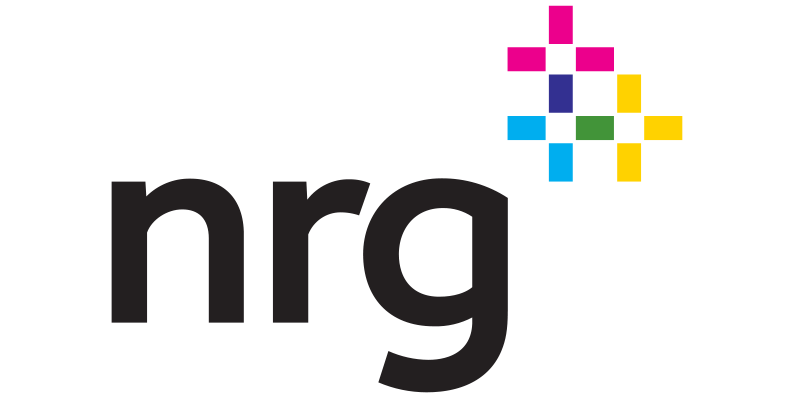Compare NRG Home Rates

NRG Home Customer Reviews
NRG Home Ratings
Plans & Pricing
Order Experience
Customer Service
Account Management
Likely to Recommend
Customer Service and Rates
Great service I'm very happy with my customer service experience and lower bill.
— Cindy from Bridgeport, TX on February 14th, 2021
NRG Home Electricity Plans
Houston - Centerpoint Service Area Plans
Dallas - Oncor Service Area Plans
Lubbock - LPL Service Area Plans
Frequently Asked Questions About Texas Electricity
- What is an ESI ID (Electric Service Identifier)
- kWh (kiloWatt-hours)
- Energy Charge
- Average Rate
- Average Bill
- What is a TDU/ TDSP
- What are TDU / TDSP Fees or 'Delivery Charges'
- Credits
- Usage Credits
- Solar Buyback Credits
- Deposit Refund
- Taxes
- Sales Tax
- Fees
- Early Termination Fee (ETF)
- Late Charges
- Disconnect Fees
- Disconnect Notice Fees
- Reconnection Fees
- Monthly Recurring Charge (MRC)
- Best Fixed rate Plans
- Best Bill Credit Plans
- Best Free Nights and Weekends Energy Plans
- Best Flat Bill Electricity Plans
- Best Green Energy Plans
- Best Home Warranty Bundle Plans
- Best Free Thermostat Plans
- Best No Deposit Electricity Plans
- Best EV Charging Energy Plans
- Best Solar Buy Back Energy Plans